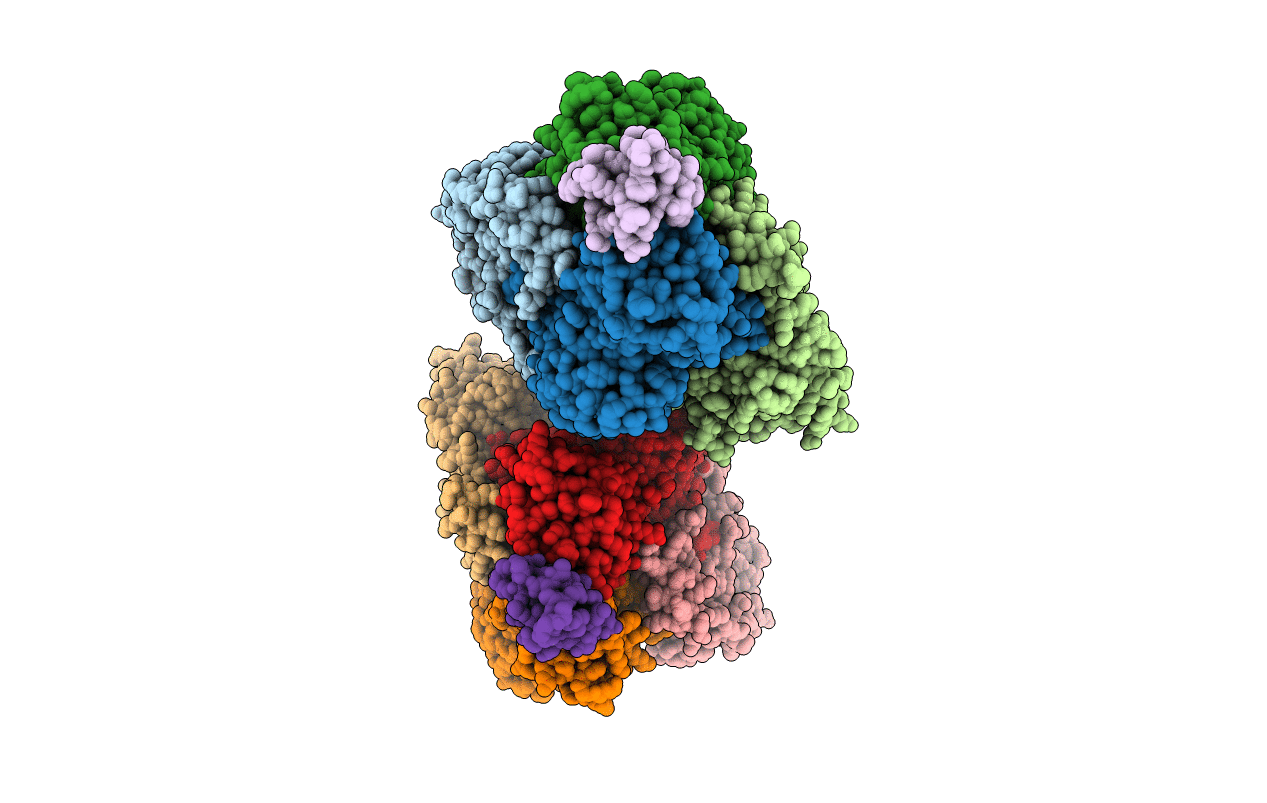
Deposition Date
2008-07-18
Release Date
2009-01-13
Last Version Date
2023-11-15
Entry Detail
PDB ID:
3DV0
Keywords:
Title:
Snapshots of catalysis in the E1 subunit of the pyruvate dehydrogenase multi-enzyme complex
Biological Source:
Source Organism:
Bacillus stearothermophilus (Taxon ID: )
Host Organism:
Method Details:
Experimental Method:
Resolution:
2.50 Å
R-Value Free:
0.24
R-Value Work:
0.17
R-Value Observed:
0.17
Space Group:
P 1 21 1


